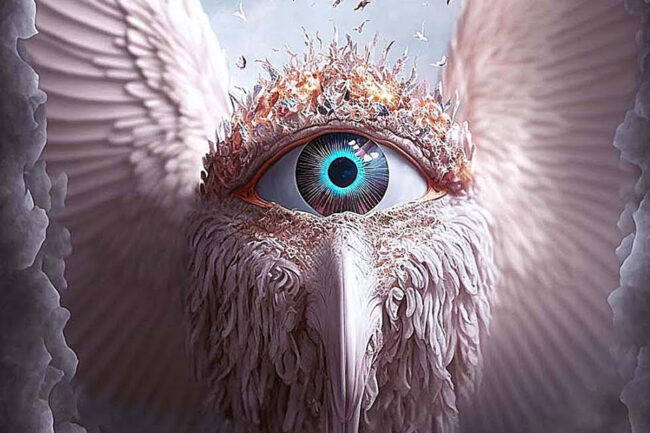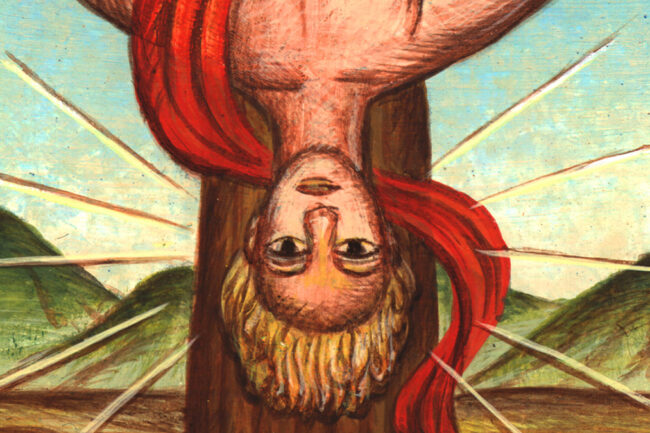 A bit of a follow-up to Spiritual Baths.
A bit of a follow-up to Spiritual Baths.
Elevate Your Well-being with Spiritual Cleansing Baths
Immerse yourself in the transformative power of spiritual cleansing baths, a practice that purifies the body, mind, and soul. Begin by meticulously cleaning the tub and taking a refreshing shower to set the stage for this ancient ritual.
Salt Water Bath:
Enhance your bath with holistic rejuvenation by adding 2-3 handfuls of unprocessed salt, such as unrefined sea salt or Himalayan salt. Enjoy the benefits of repairing damaged cells, stimulating blood flow, and detoxifying the body. Air-dry after the bath, refraining from additional showers for 24 hours to maximize the effects.
All-Natural Ocean Bath:
If near saltwater, indulge in the timeless energy of the ocean. Experience the rejuvenating properties of seawater, cleansing not only your body but also your aura. Revel in the refreshing sensations reminiscent of a soul-nourishing swim.
The Profound Impact:
Beyond physical rejuvenation, spiritual cleansing fosters overall well-being. Release negative energy, invite inner peace, and create a positive internal environment. Incorporate rituals like meditation and smudging for a holistic approach, reducing stress and anxiety while strengthening your spiritual connection.
Embrace Transformation:
By integrating spiritual cleansing into your routine, you cultivate a positive environment within yourself, influencing the world around you. Elevate your well-being through this simple yet profound practice

 Exploring the Enigmatic Cherubim: Beyond Cupid’s Realm
Exploring the Enigmatic Cherubim: Beyond Cupid’s Realm Death Tarot Card Key Meanings: Spiritual metamorphosis, rebirth, embracing change, releasing the past, profound transformation, inevitable transitions
Death Tarot Card Key Meanings: Spiritual metamorphosis, rebirth, embracing change, releasing the past, profound transformation, inevitable transitions Guide to a Transformative Spiritual Bath:
Guide to a Transformative Spiritual Bath: Perhaps the most widely recognized yoga posture, Adho Mukha Svanasana (Downward-Facing Dog Pose) is equal parts strengthening and stretching. Although it’s a common pose, it’s not an easy one.
Perhaps the most widely recognized yoga posture, Adho Mukha Svanasana (Downward-Facing Dog Pose) is equal parts strengthening and stretching. Although it’s a common pose, it’s not an easy one. Higher up the Angelic chain we climb, this week The Thrones
Higher up the Angelic chain we climb, this week The Thrones The Hanged Man Tarot Card
The Hanged Man Tarot Card Last week I touched on connecting to your higher self, your divine energy. Here a few other things that you can try to help reach that goal.
Last week I touched on connecting to your higher self, your divine energy. Here a few other things that you can try to help reach that goal. The Warrior Pose: A Fundamental Asana for Strength and Stamina in Yoga
The Warrior Pose: A Fundamental Asana for Strength and Stamina in Yoga The Dominions are a bit hard to peg, there is not a lot said about them.
The Dominions are a bit hard to peg, there is not a lot said about them.